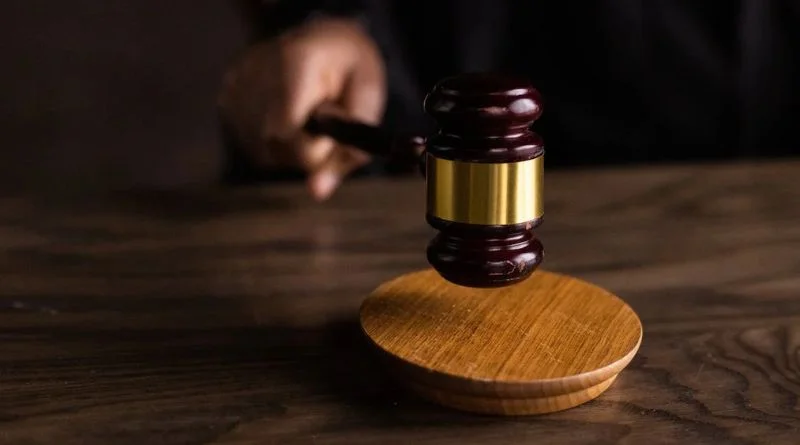From Boardrooms to Barracks: Sexual Assault in Different Walks of Life
Sexual assault refers to a range of harmful and unwanted behaviors that includes, but is not limited to, attempted or completed rape, sexual coercion, and unwanted sexual contact. As an intrusive invasion of personal boundaries and consent, sexual assault is not determined by the act itself, but by the lack of consent involved. It is essential to understand that such an act can profoundly affect the physical and mental health of victims, leaving long-lasting trauma, fear, anxiety, and depression.
Discussing sexual assault in various contexts such as workplaces, military, and campuses is significantly important because it helps in exposing and tackling the extent of this pervasive issue in our society. Each of these arenas has its own distinct culture, hierarchical system, and set of unspoken rules which can often contribute to the occurrence and perpetuation of sexual assault. Understanding the implications of sexual assault within different institutions allows us to analyze the specific factors contributing to its prevalence. It’s a step towards implementing effective preventative measures and providing adequate support and justice for victims.
Sexual Assault in the Workplace
Statistics prove that sexual assault in the workplace is an all-too-common reality, with a significant percentage of workers experiencing some form of unwelcome behavior. Common forms of workplace sexual assault typically include unwanted sexual comments, advances, requests for sexual favors, and actual or attempted rape. Cases such as the #MeToo revelations in Hollywood and other industries illustrate the widespread nature of sexual assault that cuts across all professional levels and sectors.
The consequences of sexual assault in the workplace on victims are far-reaching, encompassing not only physical harm but also emotional and psychological trauma, making it difficult for the victims to cope at work and often leading to job loss or resignation. In dealing with such sensitive matters, victims typically turn to a sexual assault law firm for protection, justice, and compensation. Many workplaces have developed policies and training programs to prevent sexual incidents. However, there is still a pressing need for improvements like fostering a culture of respect, implementing stricter rules, and ensuring more effective reporting and support systems.
Sexual Assault in the Military
The military is another arena where sexual assault remains highly prevalent, albeit often underreported, primarily due to the institution’s unique structure and its potential effects on victims’ military careers. Forms of sexual assault in the military range from unwanted sexual contact and sexual harassment to more severe forms like rape and sexual coercion. Several incidents reported in the media, such as the Tailhook scandal and ongoing accounts of assault at the major service academies, have demonstrated the gravity of this issue within military ranks.
The consequences of sexual assault within the military extend beyond the immediate physical harm to victims. The victims are often left grappling with serious psychological issues like post-traumatic stress disorder, depression, and anxiety, further compromising their efficiency and wellbeing in a highly demanding environment. Several initiatives, such as the Department of Defense’s Sexual Assault Awareness and Prevention program, have been launched to combat this problem. However, there is still much work to be done. Proposed measures to address this issue include a better reporting system, a support network for victims, and an impartial judicial process for handling sexual assault cases in the military.
Sexual Assault on Campuses
Unfortunately, the prevalence of sexual assault on campuses is a significant concern. Unequivocal data demonstrates that students, particularly women and members of the LGBTQ+ community, face a heightened risk of sexual assault. Common forms of such assaults encompass non-consensual sexual contact, sexual coercion, rape, and instances of date rape facilitated through drugs or alcohol. Instances like the Brock Turner case at Stanford University and numerous other reports worldwide underline the severity of sexual assault on campuses.
The consequences of sexual assaults on campuses leave victims dealing with physical and psychological trauma, academic difficulties and in extreme cases can lead to dropping out. Educational institutions have increasingly come under scrutiny for their handling of sexual assault, leading to more intensified efforts in prevention and response, such as mandatory consent classes and the introduction of support services. However, there is always room for improvement, especially regarding education about sexual assault, more robust reporting systems, and fair handling of reported cases to ensure justice for the victims.
Sexual assault across different contexts such as workplaces, military, and campuses, is a persistent issue that requires urgent attention. The responsibility lies with each institution to ensure they foster a safe environment, instill respect, implement effective prevention strategies, and provide unwavering support for victims. A collective effort among individuals, communities, and institutions can bring about a significant change, ultimately making our society safer and healthier for everyone.




